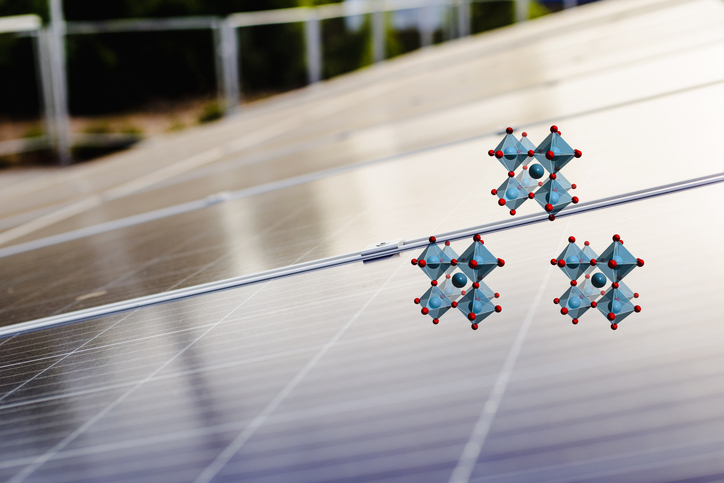Carbon Nanotube Hybrid Photovoltaics
TECHNOLOGY NUMBER: 4725

OVERVIEW
Efficient carbon nanotube SWNT/P3HT hybrid photovoltaic devices
- Achieves >90% internal quantum efficiency in large-area devices
- Renewable energy harvesting, efficient solar panels, low-cost photovoltaics
BACKGROUND
Photovoltaic devices, particularly those based on organic polymers and small molecules, hold significant promise for low-cost and scalable renewable energy solutions. Traditional organic photovoltaic systems use a donor-acceptor architecture to facilitate exciton dissociation and charge separation at the heterojunction. The most successful versions to date, polymer/fullerene bulk heterojunctions, have achieved up to ~7% power conversion efficiency. Despite their potential, these systems have slow charge extraction and high charge recombination due to low carrier mobility in polymers. The resulting low efficiency restricts their commercial viability. An emerging solution involves integrating high-mobility conducting networks to enhance fast carrier extraction. Single-walled carbon nanotubes (SWNTs) present an ideal candidate due to their one-dimensional conduction and superior carrier mobilities. Thus, leveraging SWNTs in hybrid photovoltaic devices with regioregular poly [3-hexylthiophene-2,5-diyl] (P3HT) has been explored for improving performance.
INNOVATION
Researchers at the University of Michigan have developed an efficient hybrid photovoltaic devices using single-walled carbon nanotubes (SWNTs) coupled with poly [3-hexylthiophene-2,5-diyl] (P3HT). Contrary to conventional beliefs that metallic SWNTs hinder device performance, experimental studies reveal both semiconducting and metallic SWNTs as effective hole acceptors when p-doped by P3HT. This results in efficient exciton dissociation driven by a built-in voltage at the heterojunction. Utilizing horizontally aligned SWNT arrays, large-scale SWNT/P3HT bilayer photovoltaics with over 90% internal quantum efficiency is achieved. These devices have vast potential in renewable energy harvesting, enabling the deployment of cost-effective and sustainable solar energy systems on a larger scale.
ADDITIONAL INFORMATION
INTELLECTUAL PROPERTY:
US8502195 "Carbon nanotube hybrid photovoltaics"